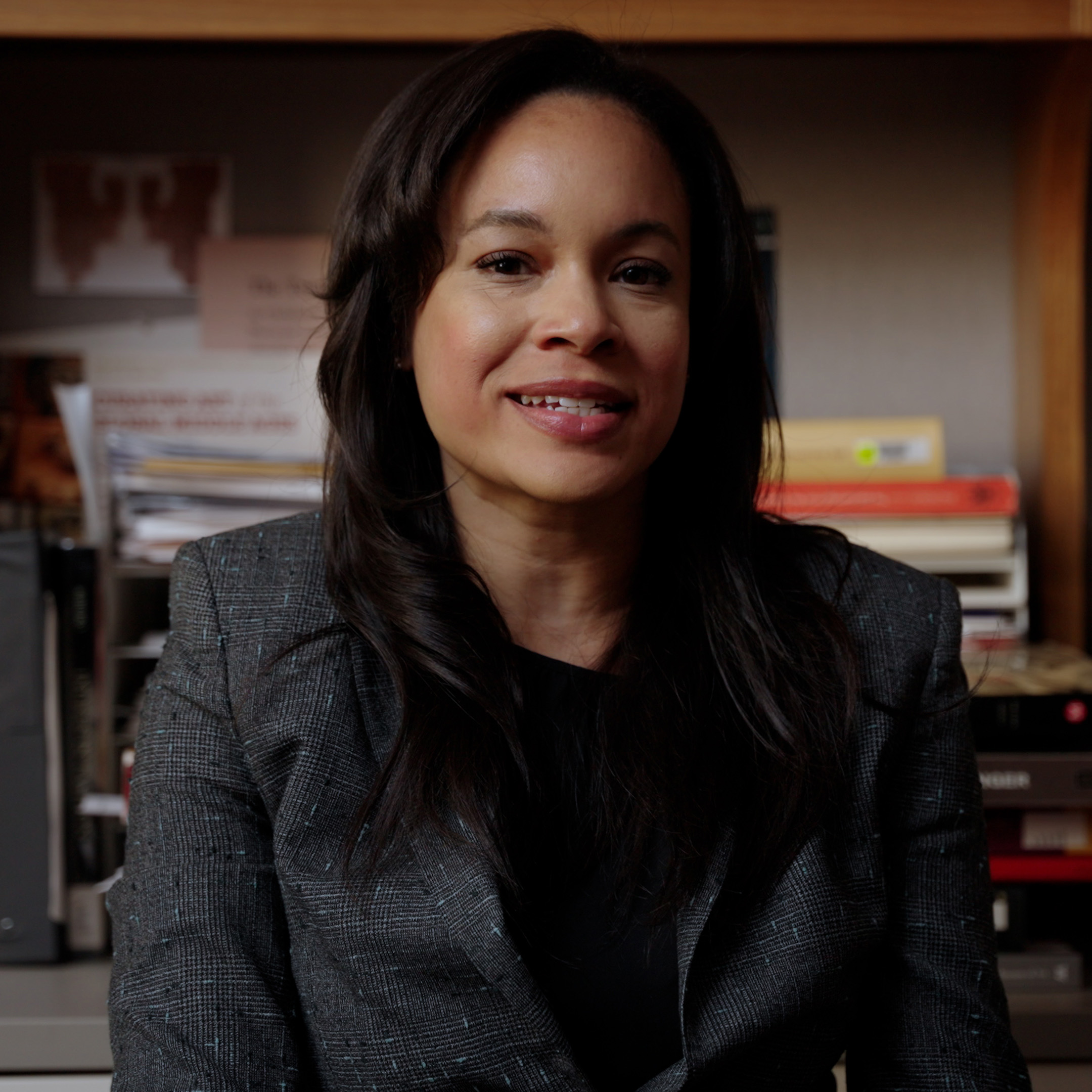Cite this content:
Achi, Andrea Myers. "Medieval North and East African art." Throughlines. Throughlines.org/suite-content/medieval-north-and-east-african-art. [Date accessed].

Andrea Myers Achi
The Metropolitan Museum of Art
Medieval North and East African art played a central role in shaping the cultural and artistic networks of the medieval world. Regions such as Egypt, Nubia, and Ethiopia produced vibrant artistic traditions that both influenced and interacted with Byzantium and the broader Mediterranean. Africa & Byzantium, an exhibit curated by Andrea Myers Achi at the Metropolitan Museum of Art, highlighted these connections to reframe medieval history to recognize Africa’s integral and enduring contributions to global art and culture.







